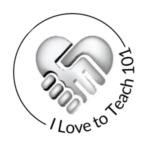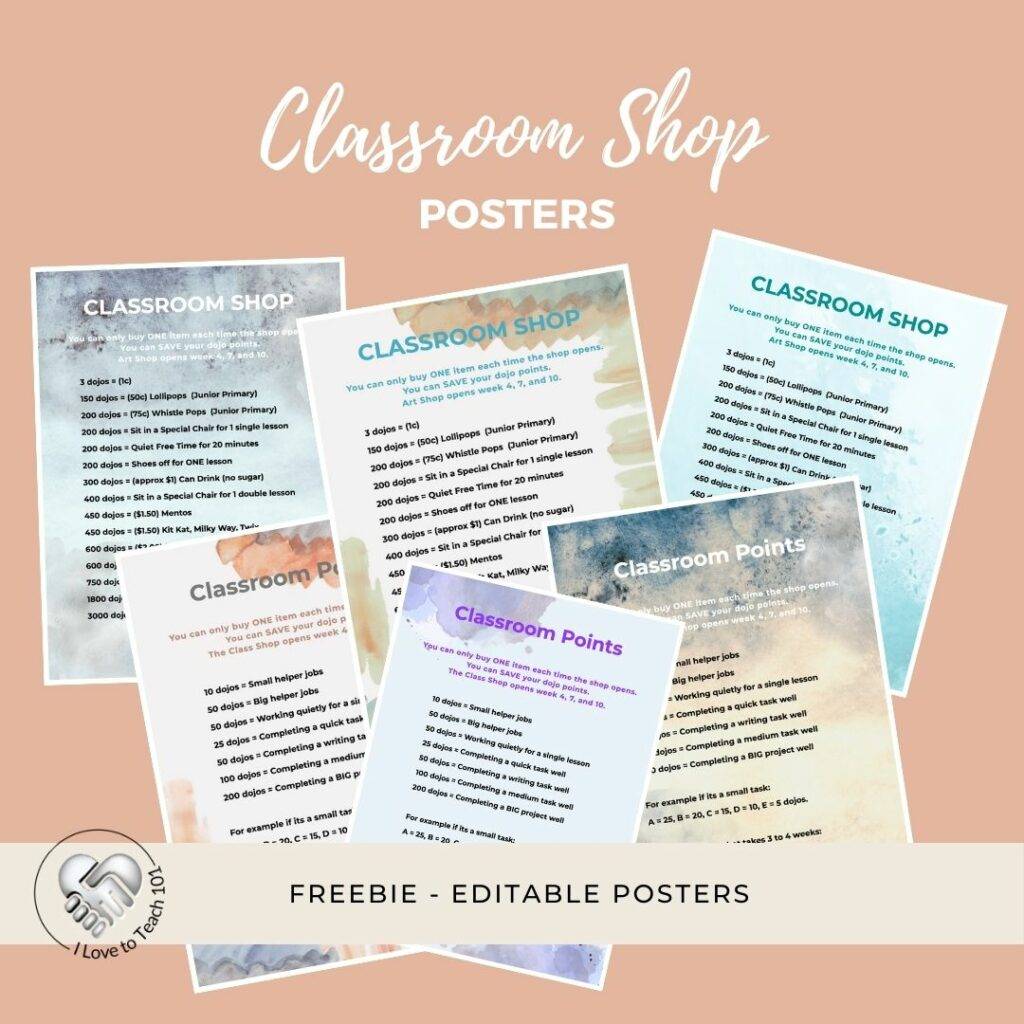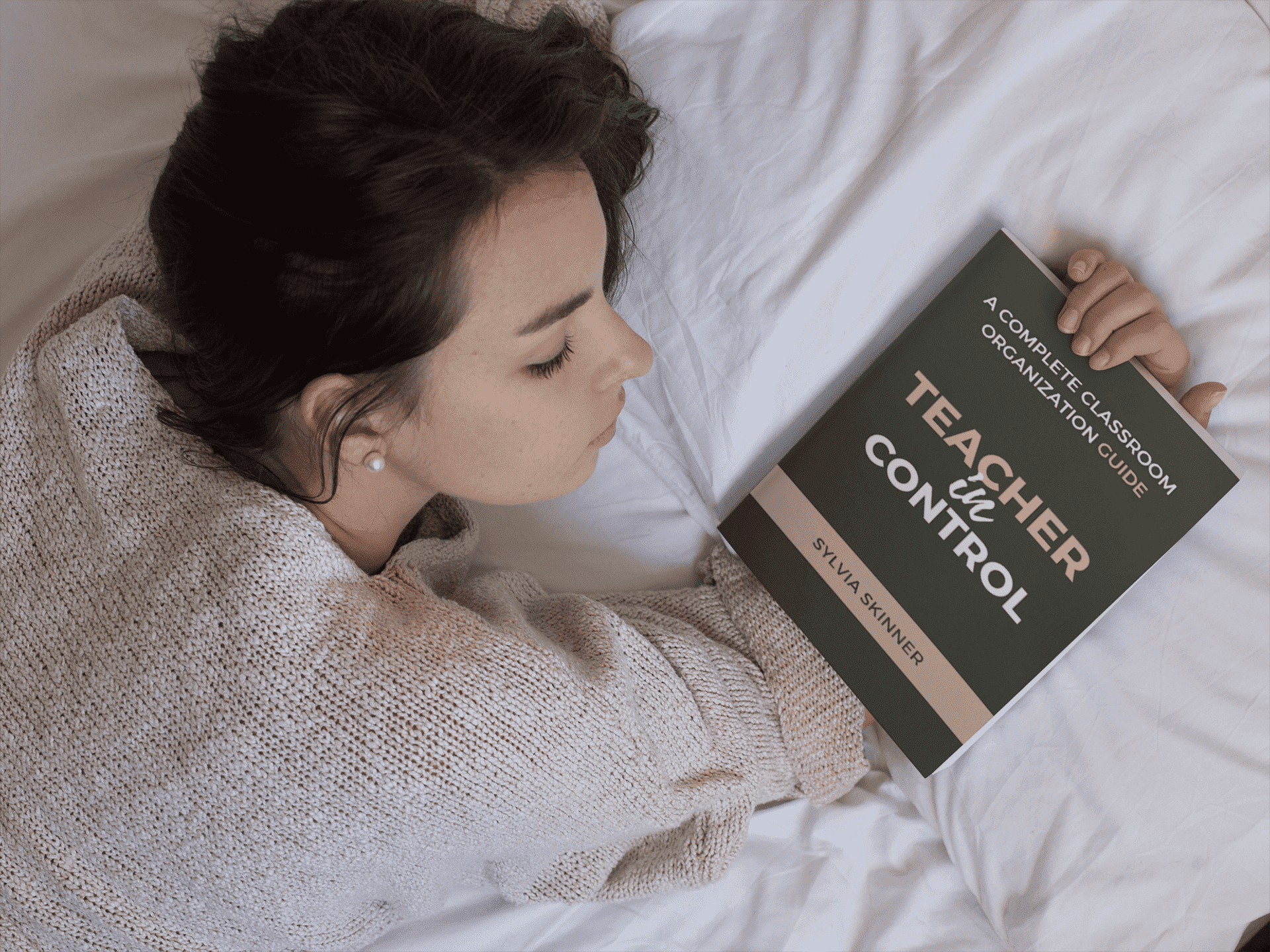Classroom Shop: the appeal of big points
More than just rewards: teaching valuable skills
The classroom shop is more than just an amusing distraction. It’s a real-life application that teaches budgeting, saving, and strategic thinking. Students learn to weigh their options, save for larger rewards, and make choices that reflect their priorities. It’s about teaching life skills in a way that they can relate to.

The classroom shop should have a variety of perks that students desire. I’m sure you have your own already.
The important thing is to make the rewards bigger. In a normal system, it might cost 20 points, but now in my classroom shop it costs 100 or 200 points. This makes rewards and achievements seem bigger and more important.
Inside this month’s freebie is a sample list of items for your classroom shop to get you started and a chart with some ideas for how students can earn their points. The posters are editable but not the background, but there are six styles to choose from.
The significance of timing: harmonising rewards with routine
It is imperative to ensure that the classroom shop has specific opening times. Not too often but not too far apart. In my primary classroom for 20+ years I opened the class shop weekly or fortnightly on Friday afternoons for the last 30 minutes, making the end of the week a time for celebration and reflection.
If you are a subject teacher, who sees each class once a week for ninety minutes, open the shop every three to four weeks. If students keep asking for the classroom shop to open, I add another week before I open it. That soon ends the incessant request – “Can we have Shop?”
At the end of the week, students can celebrate their accomplishments and spend their rewards. However, I do have one caveat. All tasks and homework must be completed to participate in the classroom shop period.
Students who have done all their work in the week, fortnight, or month choose an activity from a list of fun tasks. During this classroom shop period, students also take turns to run the class shop: ie; set it up, receive payments and record transactions.
Why your classroom shop needs our points tracker
Why the classroom shop works
The classroom shop creates a buzz and a lot of learning in the classroom. Large numbered points and a diverse range of personalised rewards can help get knowledge across and foster inspiration.
Scheduling Classroom Shop openings to once a week or as in my situation as an art teacher once a month, teaches persistence, organisation, and accountability. Students learn to prioritise their tasks and work hard on their assignments. This method helps students plan ahead, decide what they want to earn, and understand the consequences of their choices. They can choose to save for a bigger reward or spend points on things they want right away.
It’s through this structured framework that students grasp the concept of delayed gratification and the value of working towards a goal. The anticipation of the shop’s opening becomes a motivating factor, pushing them to stay focused and on task during class time.
Isn’t that what matters most? Let’s keep the points flowing, the rewards meaningful, and our classrooms buzzing with the energy of eager learners.





